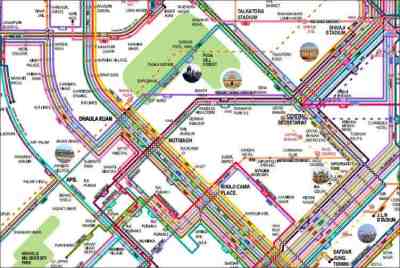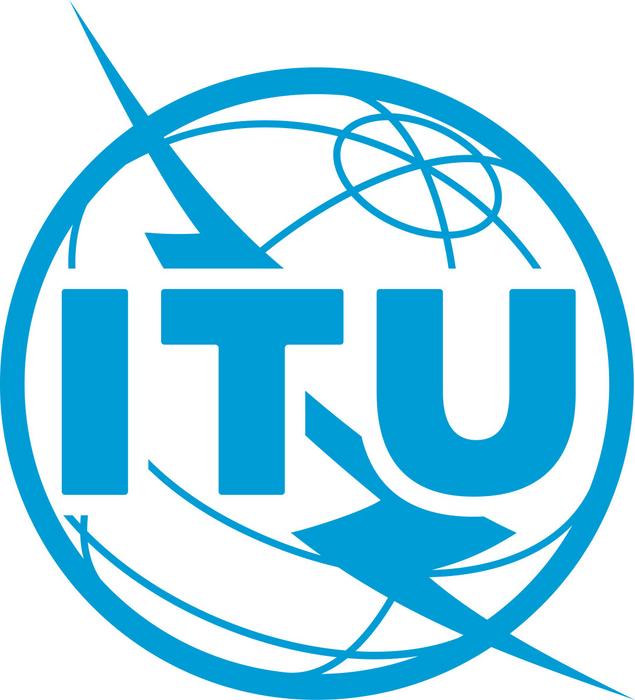A groundbreaking method for counting and tracking vehicles on public roads has been proposed by researchers, holding the potential to significantly improve traffic systems and enable faster journeys for travelers.
By leveraging the existing cameras installed on campus buses at The Ohio State University, the researchers successfully demonstrated their ability to automatically and accurately count vehicles on urban roads, detect objects in the road, and distinguish between parked and moving vehicles.
Previous studies conducted by Ohio State researchers revealed that utilizing these mobile cameras offers far superior spatial and temporal coverage compared to relying on sparsely placed and temporary sensors that often lack visibility of many streets and roads in a city.
Lead author Keith Redmill, a research associate professor of electrical and computer engineering at Ohio State, explained that gathering and processing comprehensive high-resolution spatial data about road activities enables better comprehension of changes in demand, leading to enhanced efficiency within the broader transportation system.
In contrast to earlier approaches involving human observers manually identifying vehicles in videos, this study, featured in the journal Sensors, employs artificial intelligence (AI) to automate the process.
Mark McCord and Rabi Mishalani, co-authors of the study and professors of civil, environmental, and geodetic engineering at Ohio State, mentioned that they chose to utilize the traffic cameras on the Campus Area Bus Service due to the university’s large interconnected campus, which bears similarities to a small city. Additionally, their collaboration with CABS operators granted them easy access to the collected videos.
Tom Holman, Ohio State’s director of Transportation and Traffic Management, highlighted how the sharing of access to bus cameras for traffic monitoring exemplifies how university operations can support research and learning. The existing resources offered a wealth of valuable data for long-term traffic planning on campus and beyond.
What sets this study apart from others in the traffic-related domain is its ingenious use of readily available resources at no additional cost: the bus cameras, which were initially installed for safety and security purposes. This unique approach allows for easy integration into how other cities manage their traffic monitoring efforts, as per Mishalani’s explanation.
- EUREKALERT







